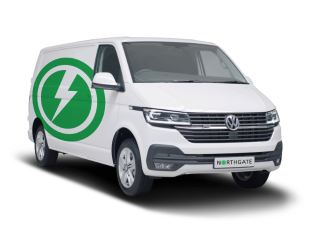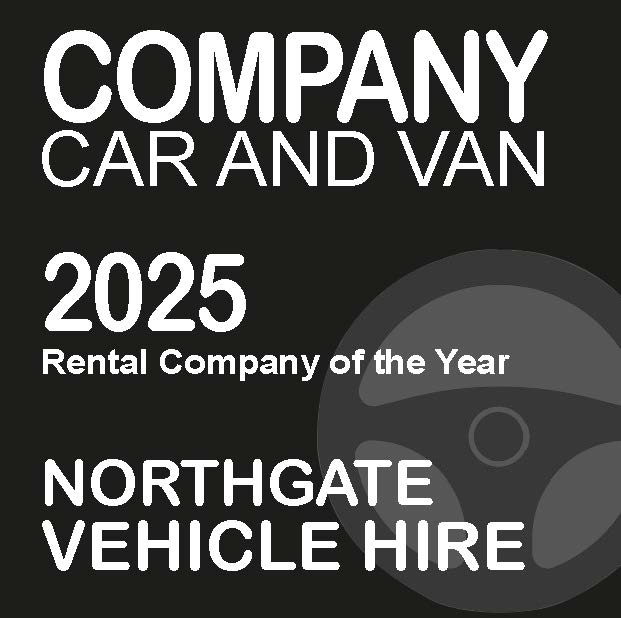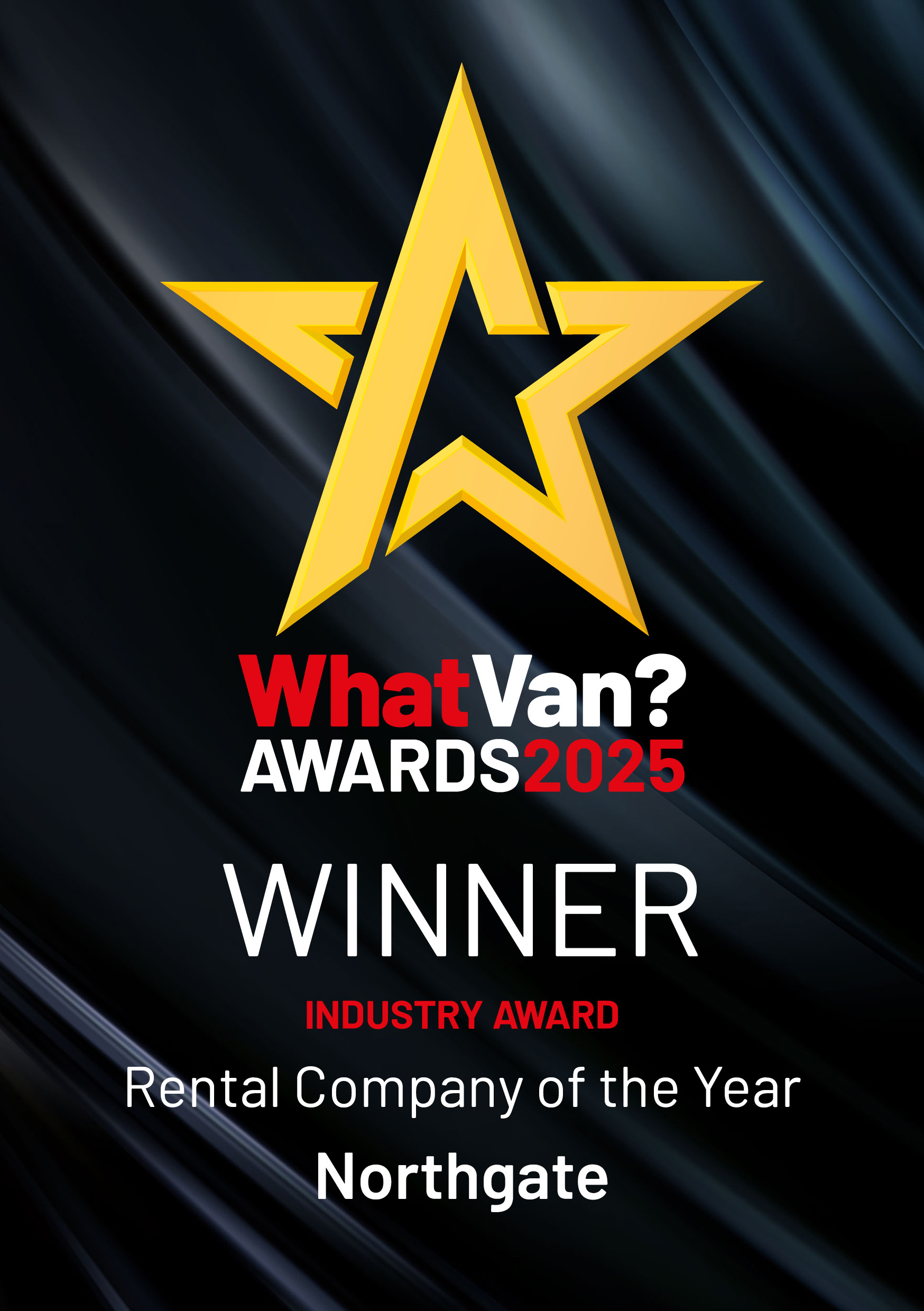EVs and charging infrastructure: What to expect in 2022 and beyond
![]() 14/12/2021
14/12/2021![]() 10 minutes read
10 minutes read
If 2021 and 2020 were the “COVID” years, you could argue that post-2021 will be the “climate years”. That said, COVID and the climate crisis are not separable. I call their combined effect “C2” …
What do I mean by C2? Two big transport effects of COVID were an increase in shopping online and working from home becoming the norm for many. Just as COVID-19 challenged the lifestyle of millions, the climate years will also further question what, where and how we do things.
So, when I say the “C2” effect, what I mean is that we can expect simultaneous disruption from both COVID-19 and a move to green.
What’s happened so far?
COVID had both positive and negative impacts in such a short time span, the like of which has never been seen before. With no clear end in sight, the effects of COVID-19 will likely continue.
People enjoyed vastly reduced traffic and visibly cleaner air but had to rely mainly on diesel vans to keep them supplied.
During the last 2 years, my personal car use plummeted to 1,600 miles in 5 months which is half of my normal annual mileage, mainly because of working from home. This is a reality for many of us.
Out of my window, I saw a daily stream of delivery vans, and I’ve only recently noticed their numbers reducing. I am also seeing more and more deliveries in all-electric vehicles.
Overall, use of public transport and cars is down, whilst van use is up. For mitigating the climate crisis, we still need more people using public transport and walking.
What is happening at a national level?
Let us look at the recently concluded COP26. Governments across the attending countries were contending with how they implement aggressive climate change goals. For the UK, there were two important results:
- New diesel and petrol-only vehicles will be banned in 2030. By 2035, there are plans for allowing zero-emission vehicles only.
- The EU imposed tailpipe emission targets which the UK has accepted, and these are having an impact now with some vehicle makers already stopping production of diesel engine vehicles. An example is the Nissan nv200 which is now only available in full EV mode.
The plans show that while the UK has left the EU, we are still intrinsically linked in terms of transport. This is a fact that also presents a conundrum for the manufacturers.
By driving on the right, the UK is at a real disadvantage when it comes to the focus of manufacturers for EVs – because having to build EVs for both left-hand and right-hand traffic adds cost and complexity, and the manufacturers are more likely to build vehicles for the bigger market of those who drive on the left.
What this means is that that we are heading in the direction of ZEVs, but there are still challenges to overcome.
What about at a local level?
We know that many voters want clean air and to solve the climate crisis, which means a mix of personal and technological change. Local politicians are aware of what voters want but have had limited options so far to make big changes.
To date, one of the main actions has been introducing a ‘clean air zone’ (CAZ). The first CAZ was implemented in the form of ULEZ in London.
Over the next few years, local authorities will be launching their own versions of CAZ, from low emission zones (LEZ) to zero-emission zones (ZEZ). The financial charges and restrictions of various CAZs will inevitably have an impact on transport behaviour.
Local authorities and many businesses will soon be increasingly contracting suppliers to have zero-emission vehicles to contribute to their net-zero goals.
What about at a business level?
Let us look at the following drivers for businesses going green and electrifying their fleet:
- We want to be leaders
- Can we benefit from electrification?
- What is the minimum we can do; and
- We will change when there is no option.
Many large corporations are leading the way with pledges to electrify their fleet, while others are waiting to make the move until it makes financial and logistical sense. This also applies to SMEs – many are making the move as they feel more immediate pressure from customers and suppliers to change.
For the sole trader, there is unlikely to be an immediate need to change. Although, the introduction of CAZs will make it a financial necessity for those who operate in cities.
Even if there was a dramatic increase in the move to green, be clear that if all van owners wanted to change to EV in 2022 there will simply not be enough vans.
What can we expect in 2022 and beyond?
2022 to 2025: Same as now with noticeable acceleration in going green
- Vehicle makers are ramping up manufacturing capacity which is controlled by battery manufacturing capacity;
- Infrastructure continues to expand; and
- Technology choices will be set i.e. what is the role for hydrogen for most if not all sectors
2026 to 2030: Rapid adoption of green technology
- Vehicles coming to market in large numbers with some exceptions such as long-distance HGVs.
- Many more CAZs.
2030 to 2035: A “new normal”
- The sales of new cars and vans will be EV only
- CAZs will become congestion zones
What are the big challenges?
The real challenge is two-fold:
1. Can the political aspirations be met by the vehicle makers?
It is one thing banning ICE vehicles, it is another issue entirely in replacing them. EVs are a viable and green alternative for most of our needs, but there is a tricky situation if the showrooms are empty.
It is estimated that 15m plug-in vehicles will be required on an annual basis in 8 years. Whether the production of EVs on this scale is possible depends on the battery supply and the raw materials needed.
One major challenge to scaling up the supply is that the actual battery chemistry is still being developed. This is a challenge for the mining companies because it is difficult to plan the necessary multi-billion investments if the market size is not known. Tesla for instance has said they aim to remove cobalt from their batteries. If cobalt is not required in Tesla vehicles, this would have a huge impact on this raw materials demand.
Without a reliable steer on the type and number of raw materials required, the mining companies will remain uncertain on where investments need to be made to maximise their profits, and this will limit the amount of available raw materials.
Over the next 5 years, we will see questions around battery chemistry and their average size settled – two key steps in working out where investments need to be made. Until then, the pace of manufacturing EVs is likely to be limited by the supply of raw materials.
2. What will happen to consumer habits post (C2)?
This is a very good question with no clear answer. Will van use go down from the COVID-19 peak….probably, as people will likely be eager go shopping in person again and will rely less on deliveries. Will we return to pre-pandemic levels? This is yet to be seen.
Will car use go down as well? Again, probably. Many businesses are reviewing their office policies with those that can offering hybrid or fully remote working opportunities.
More about our author

Dr Colin Herron, MD Zero Carbon Futures, Visiting Professor Newcastle University
Colin has worked in or with the automotive industry for nearly 48 years with 16 years as an engineer at Nissan. Since 2008 Colin has specialised in EV either project managing infrastructure roll-out or researching vehicle technology. Currently MD of a small not for profit consultancy Zero Carbon Futures owned by Newcastle University where Colin is also a Professor
Take the first step toward an electric fleet today
SPEAK TO THE EV TEAM






